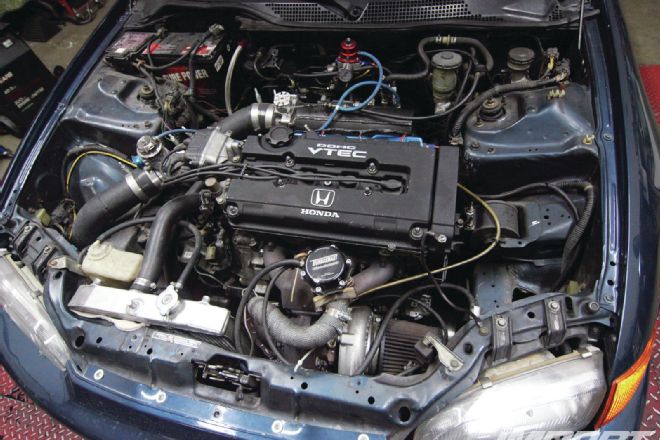The Claim: Cooler engines make more power.
We all know that heat is the enemy of performance in the automotive realm. Rampant engine heat increases the propensity for pre-ignition (detonation) that can altogether destroy engines in severe cases, or trigger knock sensors to pull timing and decrease power in mild cases. And heat-soaked induction components (intakes, intercoolers, and piping) mean hotter, less dense intake charges and less power. Weekend drag racers will tell you: hotter engines run slower. Shut your car off in staging lanes, pop its hood, and lay bags of ice on intakes, intake manifolds, intercoolers, carburetors, and the like for peak performance.
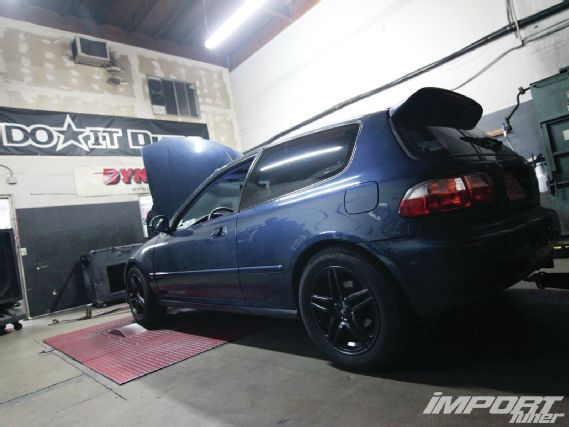 |
Do Cooler Engines Make More Power? - Fact Or Fiction
|
Do Cooler Engines Make More Power? - Fact Or Fiction
But could this be doing more harm than good? You probably know that an ice-cold engine won’t make peak power, either. There are two reasons for this: Heat is energy, and when a significant amount of that energy generated during combustion goes toward heating cold engines, less of it can be directed toward pushing pistons down (or rotors around) to make power. That, and when engines are cold, oil is cold and therefore more viscous, so engine manufacturers and tuners will usually devise a less powerful “cold tune” map that deters the driver from beating on his engine in this state. Engineers and tuners just might tell you that hotter engines actually make more power.
So who’s right, what’s the best operating temperature for engines, and what’s the best way to maximize performance during race day? To find the answers we rounded up the 330whp, turbocharged LS/VTEC-powered ’92 Civic hatch of Tokyo Auto lead tech Steve Ruiz, and headed over to SoCal street/drag tuning authority Carlos “Bubba” Ocegueda’s facility: Do It Dyno in Signal Hill, CA.
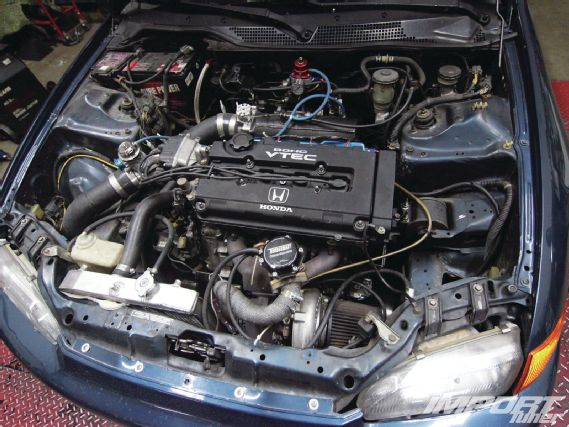 |
Do Cooler Engines Make More Power? - Fact Or Fiction
|
Do Cooler Engines Make More Power? - Fact Or Fiction
True to street form, our test car was driven nearly 45 miles to the dyno. It arrived hot and was shut off and allowed to cool for about two hours while Do It accommodated a turbocharged 13B-powered sandrail (video on importtuner.com). Once strapped down to the dyno, the Civic’s Hondata engine management system logged engine coolant and intake air temperatures while we verified radiant temperatures at the intake manifold, charge piping, intercooler, radiator, and block after three full throttle, four-gear pulls—simulating quarter-mile blasts—at four different stages testing four different operating temperatures and/or cooling techniques:
Test #1: Cold
Temperature and power testing commenced after the car had been shut off and was allowed to cool for two hours—its engine and components weren’t completely as cool as ambient temperatures, but a lot cooler than their normal operating range.
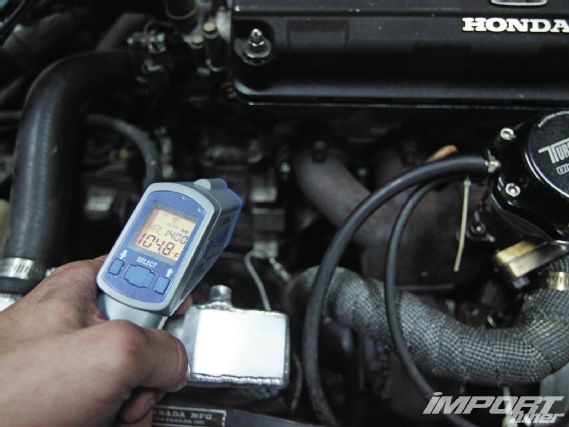 |
Do Cooler Engines Make More Power? - Fact Or Fiction
|
Do Cooler Engines Make More Power? - Fact Or Fiction
Engine coolant temperature: 149° F
Intake air temperature: 95° F
Intake manifold radiant heat: 88° F
Engine block radiant heat: 104.8° F
Intercooler radiant heat: 63.8° F
Charge piping radiant heat: 63.7° F
Horsepower: 329.7
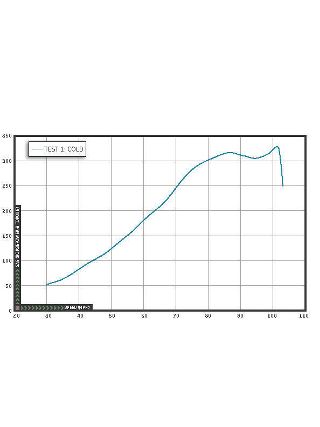 |
Do Cooler Engines Make More Power? - Fact Or Fiction
|
Do Cooler Engines Make More Power? - Fact Or Fiction
Test #2: Hot
Temperature and power testing commenced after the engine had reached full operating temperature via an extended drive cycle with the car’s hood closed on the dyno, simulating back-to-back quarter-mile passes, or making a pass immediately after the drive in.
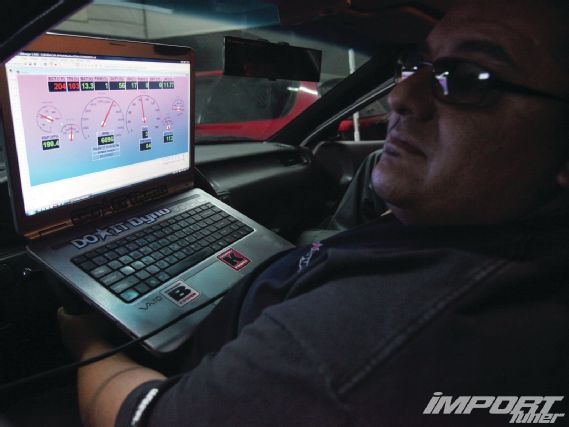 |
Do Cooler Engines Make More Power? - Fact Or Fiction
|
Do Cooler Engines Make More Power? - Fact Or Fiction
Engine coolant temperature: 204° F
Intake air temperature: 112° F
Intake manifold radiant heat: 114.0° F
Engine block radiant heat: 203.0° F
Intercooler radiant heat: 85.5° F
Charge piping radiant heat: 114.9° F
Horsepower: 289.1
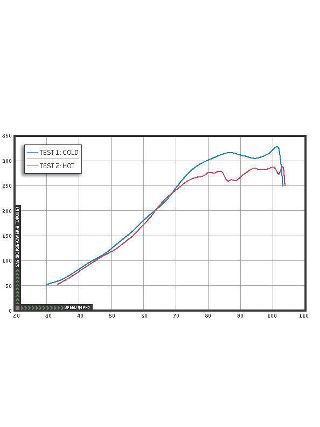 |
Do Cooler Engines Make More Power? - Fact Or Fiction
|
Do Cooler Engines Make More Power? - Fact Or Fiction
Test #3: Warm Engine, Cold Components
Temperature and power testing commenced again after the engine had idled to its regular temperature for 30 minutes with the hood up, after ice bags had been placed on the intake manifold and intercooler piping, and the intercooler cooled with compressed CO2 immediately before testing, simulating the recipe many drag racers would suggest for optimizing the performance of a street car: let its engine idle to its natural temperature, and get those intake components ice-cold for as dense an intake charge as possible.
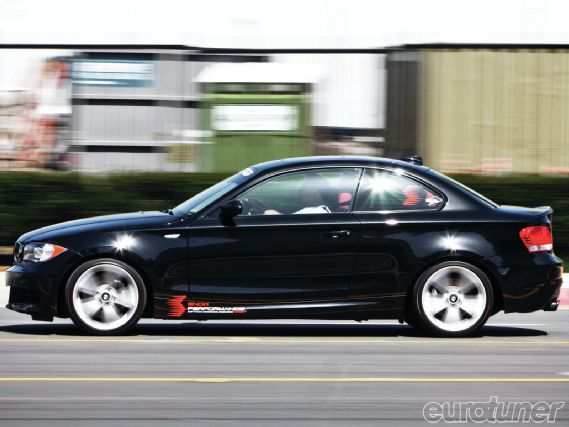 |
Do Cooler Engines Make More Power? - Fact Or Fiction
|
Do Cooler Engines Make More Power? - Fact Or Fiction
Engine coolant temperature: 190.5° F
Intake air temperature: 97° F
Intake manifold radiant heat: 94.5° F
Engine block radiant heat: 193.3° F
Intercooler radiant heat: 61.9° F
Charge piping radiant heat: 75.4° F
Horsepower: 332.8
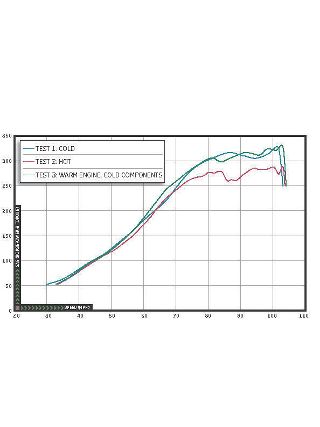 |
Do Cooler Engines Make More Power? - Fact Or Fiction
|
Do Cooler Engines Make More Power? - Fact Or Fiction
Test #4: Cool Engine, Cold Components
Temperature and power testing finished after the car had been allowed to cool for 30 minutes with the engine off, hood up, ice bags placed on the intake manifold and intercooler piping, but with the intercooler only ice-cooled to simulated another alternative: Ice everything down the old-school way (with no intercooler spray), and kill the engine to let it cool off slightly for a little added shteez.
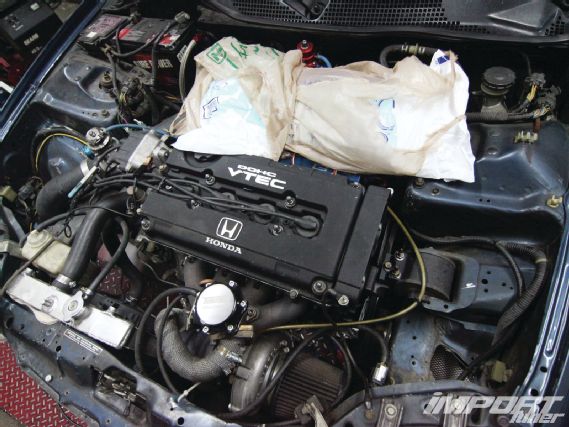 |
Do Cooler Engines Make More Power? - Fact Or Fiction
|
Do Cooler Engines Make More Power? - Fact Or Fiction
Engine coolant temperature: 187.6° F
Intake air temperature: 97° F
Intake manifold radiant heat: 83.6° F
Engine block radiant heat: 186° F
Intercooler radiant heat: 63.8° F
Charge piping radiant heat: 74.4° F
Horsepower: 320.1
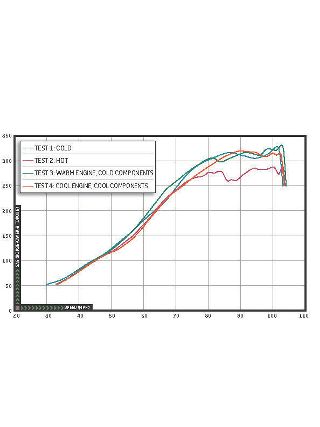 |
Do Cooler Engines Make More Power? - Fact Or Fiction
|
Do Cooler Engines Make More Power? - Fact Or Fiction
The Verdict: Fiction
Our test car’s engine churned out the most power right where Bubba said it would: with its engine at its normal operating temperature—not too hot or too cold—and its intake components as cool as can be. But excluding the hottest run, the amount of power lost or gained was marginal. “Freezing the intercooler with a compressed gas like nitrous oxide or CO2 will make the biggest difference,” he advises, flat out. “Ice bags really don’t do anything but leak water on the track and make everyone slower,” he adds. “Which might keep you in the stands for the rest of the night.”
 |
Do Cooler Engines Make More Power? - Fact Or Fiction
|
Do Cooler Engines Make More Power? - Fact Or Fiction

